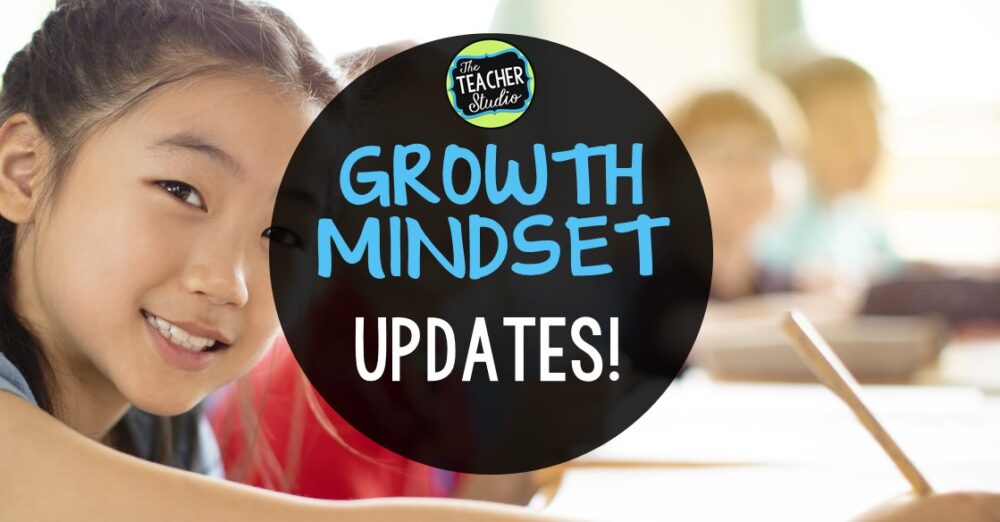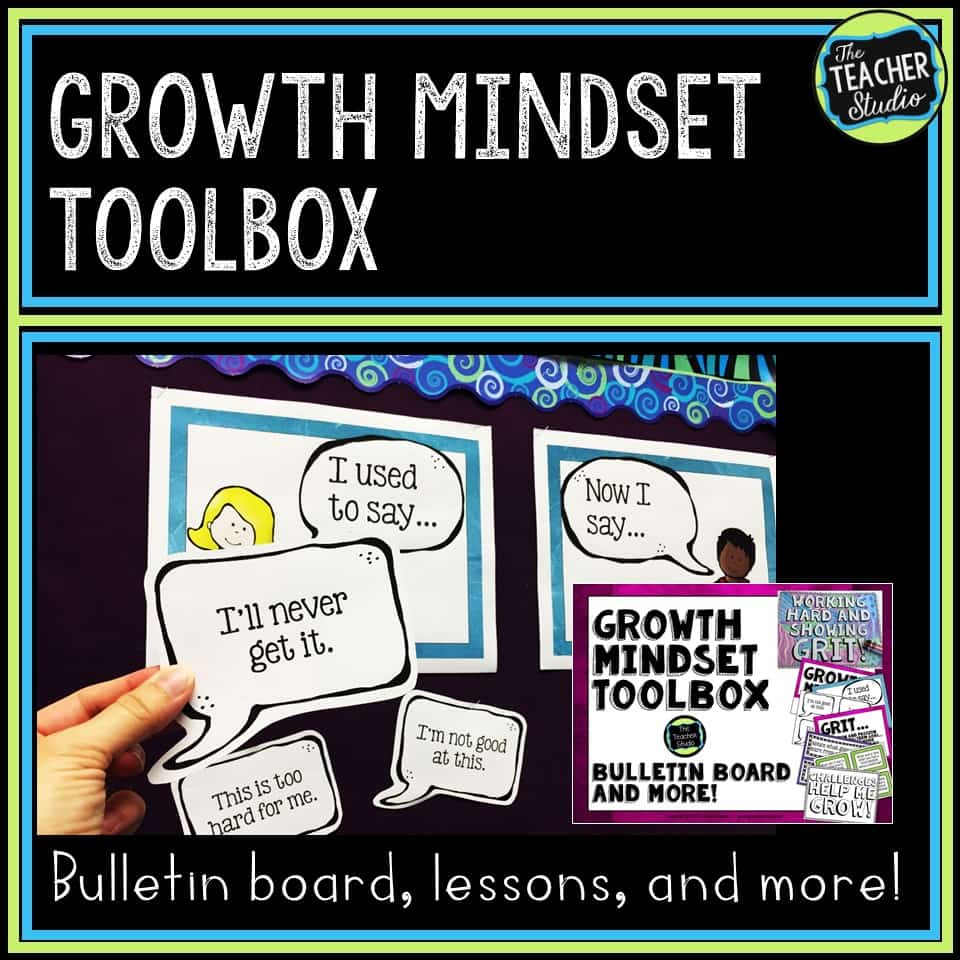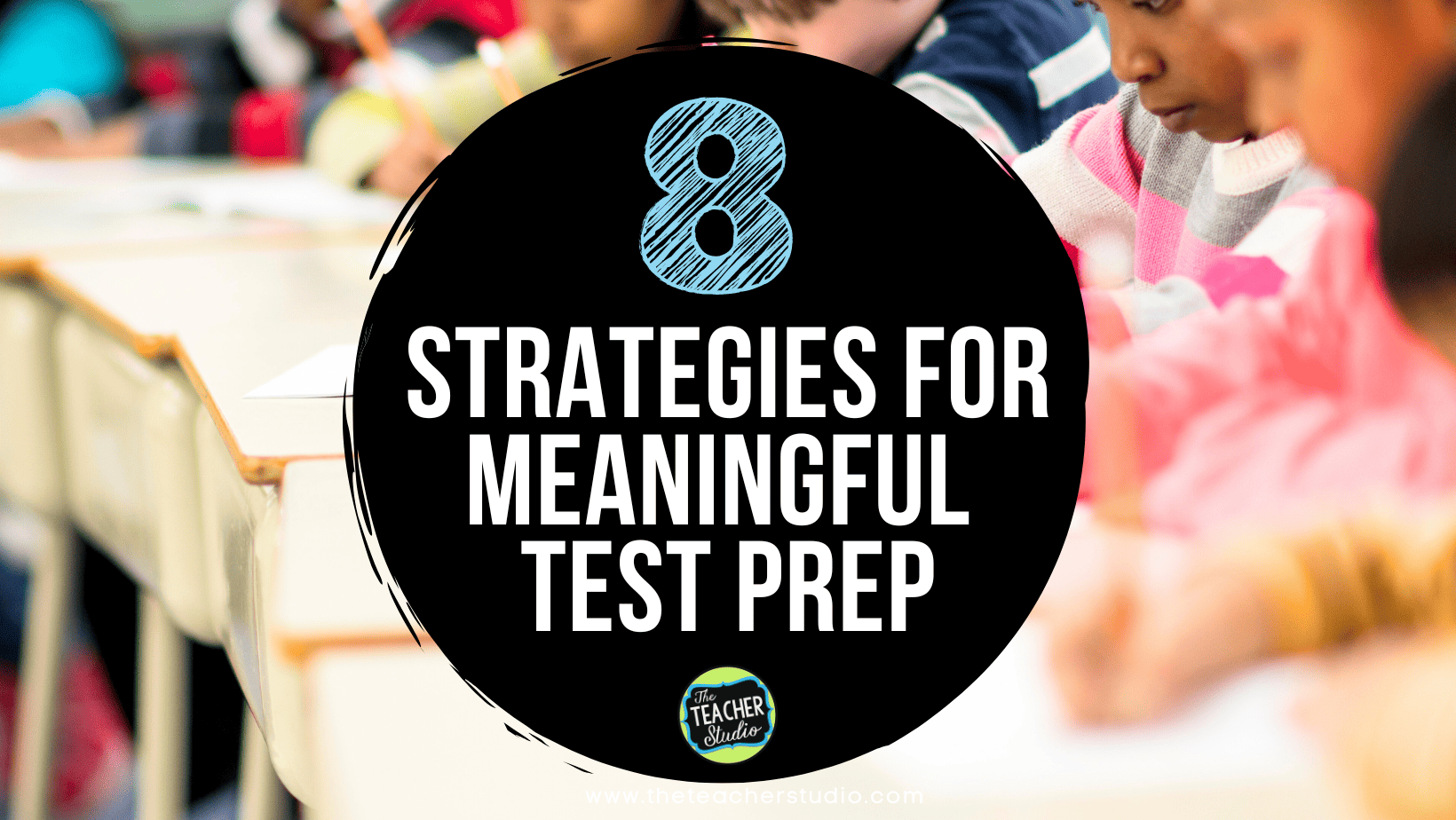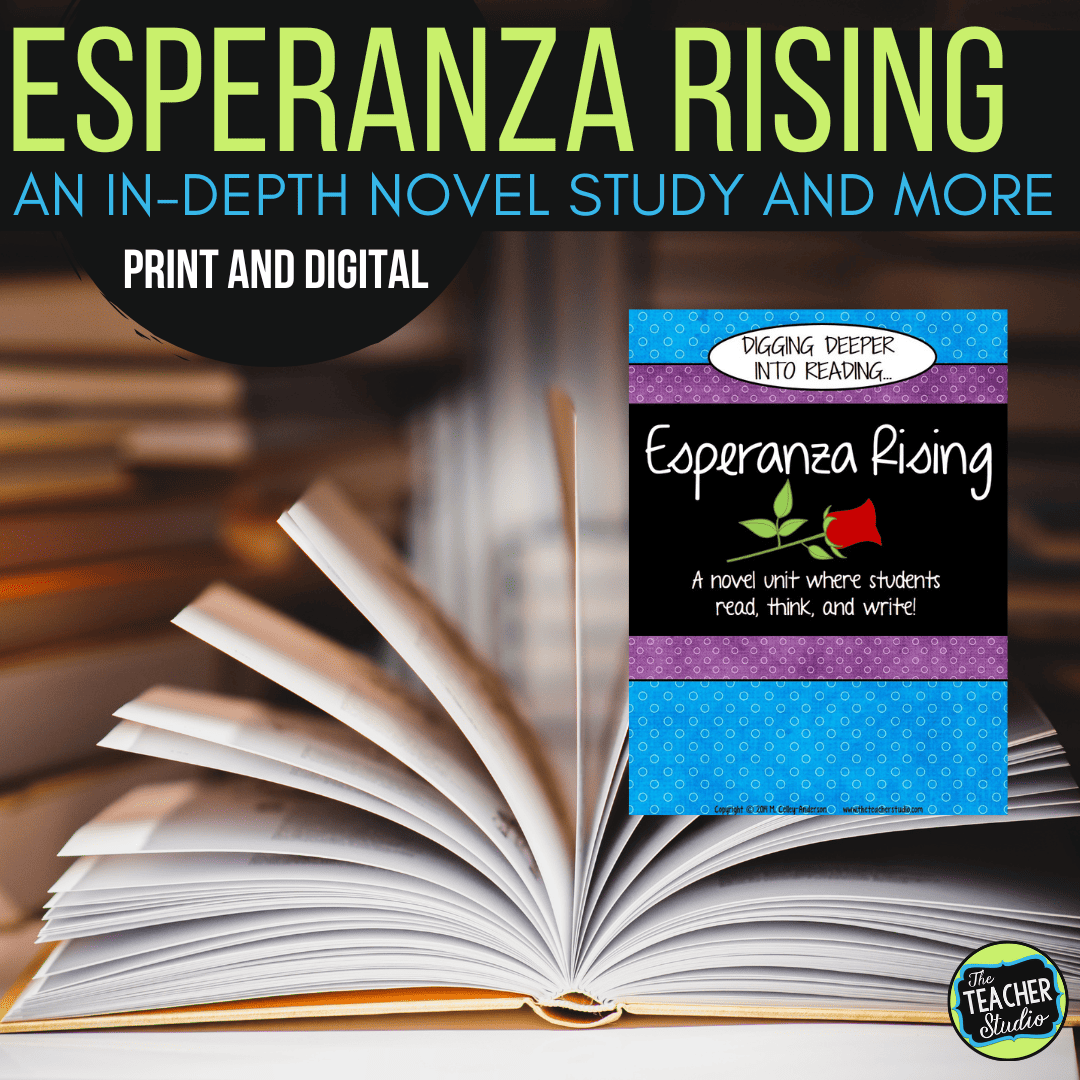
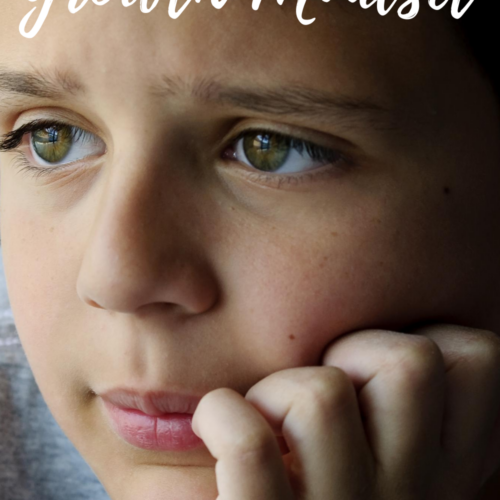

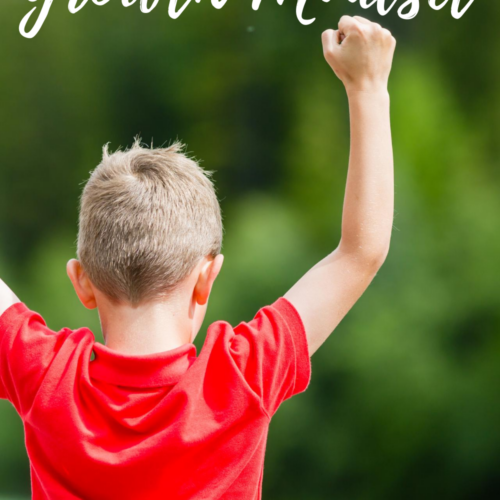





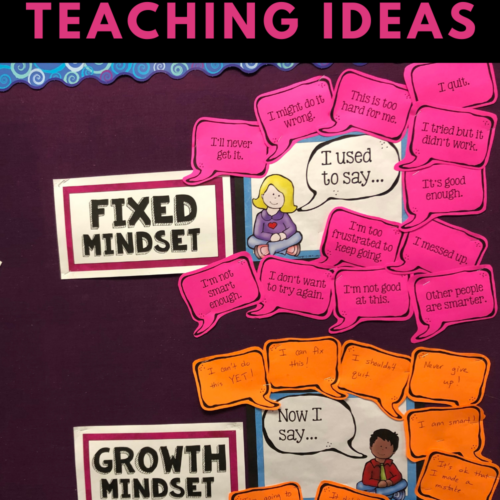
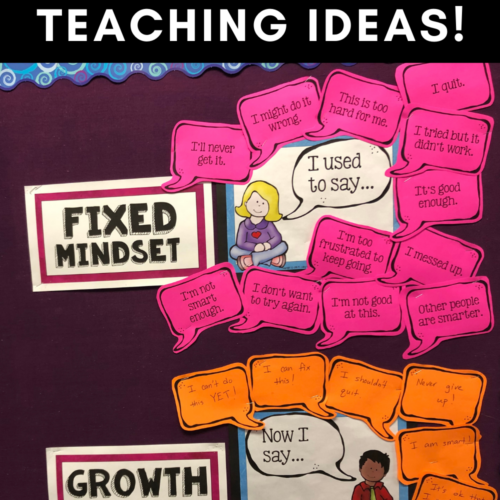
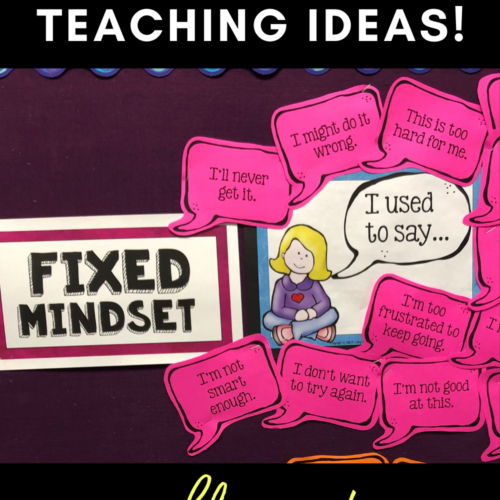
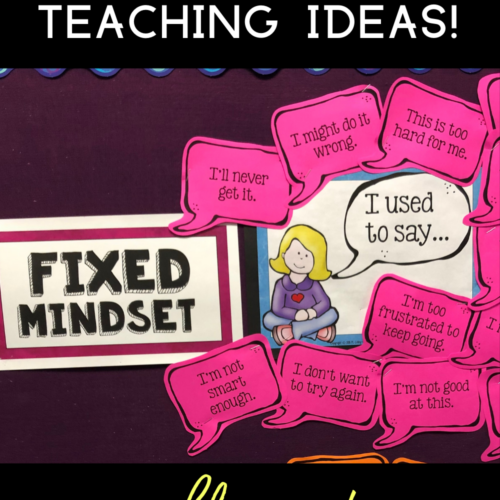
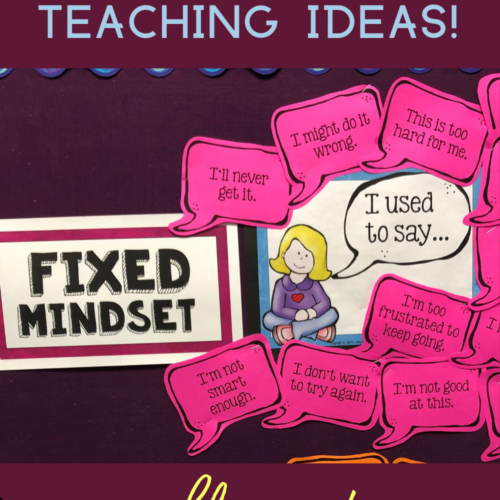
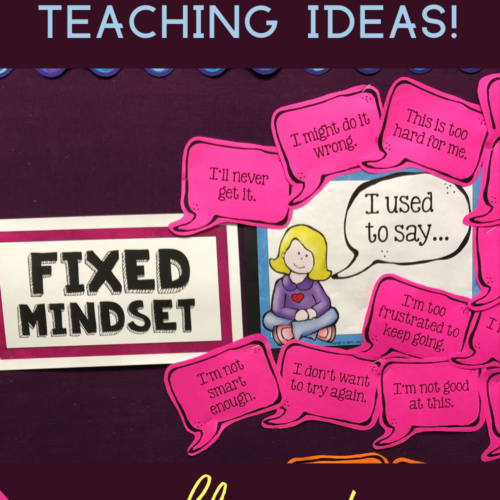
So, it’s time for some more real talk about growth mindset. Educators talk about it all the time. We put up bulletin boards and read books and tell our students to have a “growth mindset” when things get tough. But what does it all mean? What more should we be thinking about?
Check out some more musings about mindset below–and then check out the other blog posts I’ve linked for even MORE thoughts!
Grit and Resilience
One of the elements related to mindset instruction is helping students understand the concepts of grit and resilience. In a nutshell, grit refers to the trait of being able to truly dig in and persevere when times get tough. We often talk about perseverance in the classroom, so this concept is not new to many students. If your school has NOT talked about perseverance and grit–be the one who starts the movement! Check out some of the blog posts below for some ideas.
The part that we often overlook, however, is the resilience part. We teach students to keep working when things get tough, but we often fail to help them navigate the world of failure. Students are going to fail–sometimes big failures and sometimes small. We are doing them a disservice if we don’t give them the skills to navigate these downtimes and claw their way back! THAT is resilience–the ability to bounce back when times have been tough. Giving this process a name…resilience…can help students see that it is a vital part of the process. It’s a GOOD thing to be able to overcome challenges, and they need our help to do it.
Fear of Failure and Perfectionism
So let’s piggyback off that discussion for a minute. Think about a group of students you have had–or maybe even one of your own children. (Ahem….or you, perhaps!) These are the students who struggle with any challenge, and these struggles aren’t because the work is too difficult. They struggle because of their perfectionism–which often is a result of a true fear of failure. For whatever reason, they are wired to accept nothing but the best, and when things don’t go according to plan, their world comes crashing down. Upper elementary teachers often see this with students who were highly successful in the early grades becoming frustrated with increasing workloads, abstract concepts, and more.
As teachers, our role is to recognize this and work as coaches to help them develop both the grit AND the resilience. These students need to be explicitly taught about the brain science of failure and how trying, “failing” and working through it is actually more beneficial than have quick and easy success at low-challenge work. For 8, 9, and 10-year-olds, this is new information. By teaching them this, they have a greater chance of taking the risks necessary to push out of their comfort zone and manage the results, no matter what they are.
This is a great example of how “learning” doesn’t have to be academic in nature. Helping students navigate these “soft skills” can carry over into every single part of their lives and set them up for success everywhere. Ignoring them only delays the inevitable; failure will happen. Don’t we want our students to be ready to manage it? This is a huge part of developing a growth mindset.
Willingness to be coached and guided
This is big. We’ve all had students that push us away when we try to help–whether it be to solve a problem with friends or with a math problem. Part of our job is to create a culture of coaching in our classrooms. A culture where it’s ok to ask for help. Where it’s ok to be wrong. Where it’s seen as a strength to NOT get something at first but then to persevere and then have success. As teachers, we can model this for our students.
“I wasn’t sure how to load this video onto Google Classroom so I went and asked Ms. Jacobs because I know it’s a strength of hers.”
“I didn’t know the answer to your question, so I did a little research.”
“I tried making homemade pie last night, but I needed to call my mom to get some advice.”
This kind of modeling helps create that climate. Recognizing students who accepted help and had success for it is invaluable. Asking students to share when a classmate helped them and to give public recognition of that is critical. I love to make analogies with sports as well. Even the best hitters in baseball still work with hitting coaches. Even the best professional quarterbacks have coaches to watch them and give feedback. If it’s good enough for them, maybe it’s good enough for us!
An honest assessment of skills and goals
This culture we create in our classroom is so key. If we can create a climate of honesty and trust, then it becomes much easier to tackle some of these issues related to growth mindset. One that is often not discussed is helping students honestly assess their own performance. In a world where participation trophies and “attaboys” are everywhere, what is OUR role as teachers? Self-esteem is important. We want to nurture students with a healthy sense of “self”. But what develops that? Excessive praise? Stickers? Maybe in the short term.
If we truly want to get students to develop a healthy self-esteem, they need to see that pride comes from starting wherever they are–and moving forward. Every student has a different starting point and a different journey, and helping students learn to identify these starting points is key. It’s ok to not know how to multiply big numbers. What DO you know? How are we going to get there? It’s ok to only make a free throw once in a while. If you want to make more, what should we do? It’s hard to reach a goal when we don’t have an honest assessment of where we are starting.
Building routines of self-assessment doesn’t have to be hard. Even asking students questions like:
“Who found this challenging?”
“What was most difficult about this?”
“Check and see–what kinds of mistakes did you make?”
“What do you think you need to do next?”
“What went well?”
“On a scale of 1-5, how well is this making sense?”
“If you are a 1 or a 2, what will you do next?”
So my challenge to you is this. How can you better craft a culture where it’s OK to not know right away. Where it’s ok to be a beginner. A culture where growth and progress can be celebrated. Trust me…it pays off.
Motivation
I hope these musings about growth mindset have given you some food for thought. A huge part of our success as teachers is related to how well we can keep our students engaged and motivated. The foundation for motivation is the culture we create in our classrooms and with our students. Making these growth mindset topics VISIBLE to our students is a part of that process. A few more points to keep in mind. First of all, learning progressions and growth are HIGHLY personal. Helping students recognize and celebrate this is key. We can’t expect students to be motivated if they think they have already lost the race. If they know they are running THEIR race and that we are coaching them through, motivation can be sustained
Students (and teachers) also need to recognize that this work IS work–and it takes time. If we don’t push ourselves toward new challenges, we won’t grow. It’s not easy–but it’s worth it. Finally, if we want students to be willing to work, we need to make sure our culture is good, we provide meaningful activities and experiences, and that we celebrate effort and grit–the motivation will follow.
So teachers, how we encourage, recognize effort and perseverance is key. If we can keep students working and believing, they can work longer and have more success. We need to remember to be genuine and authentic and to make this information visible and accessible to our students.
A few growth mindset posts that you might find interesting!
Accountable Math Talk: 6 Tips for Creating a Culture for Math
Looking for some growth mindset activities?

